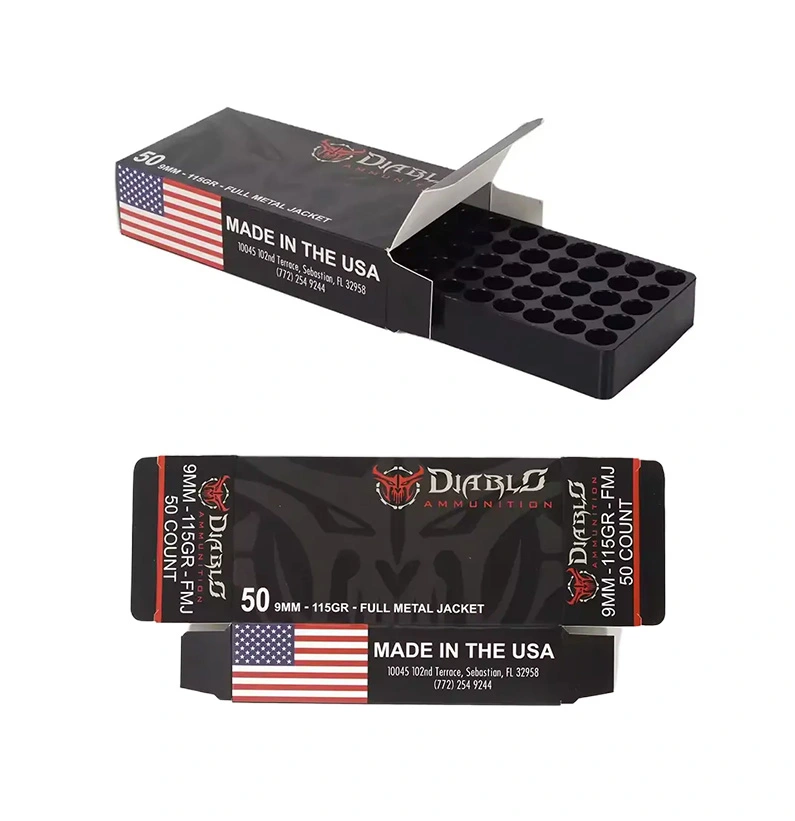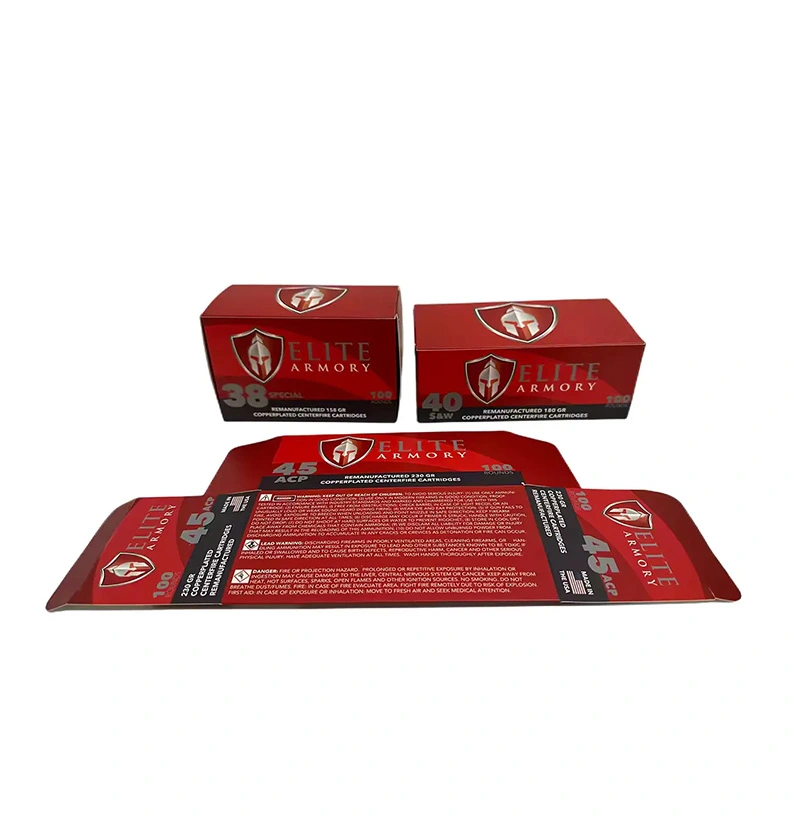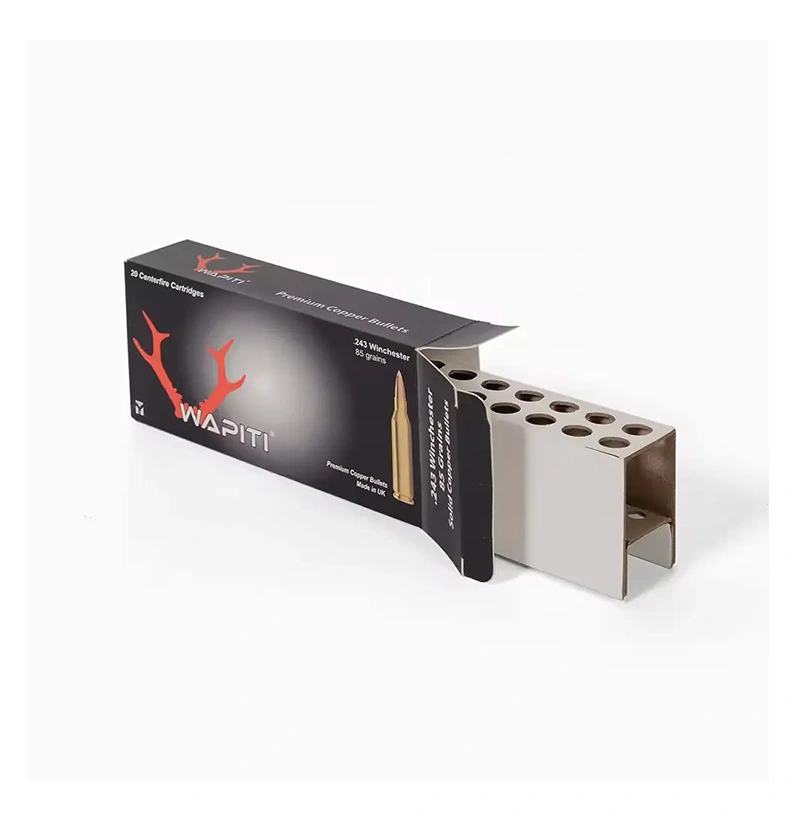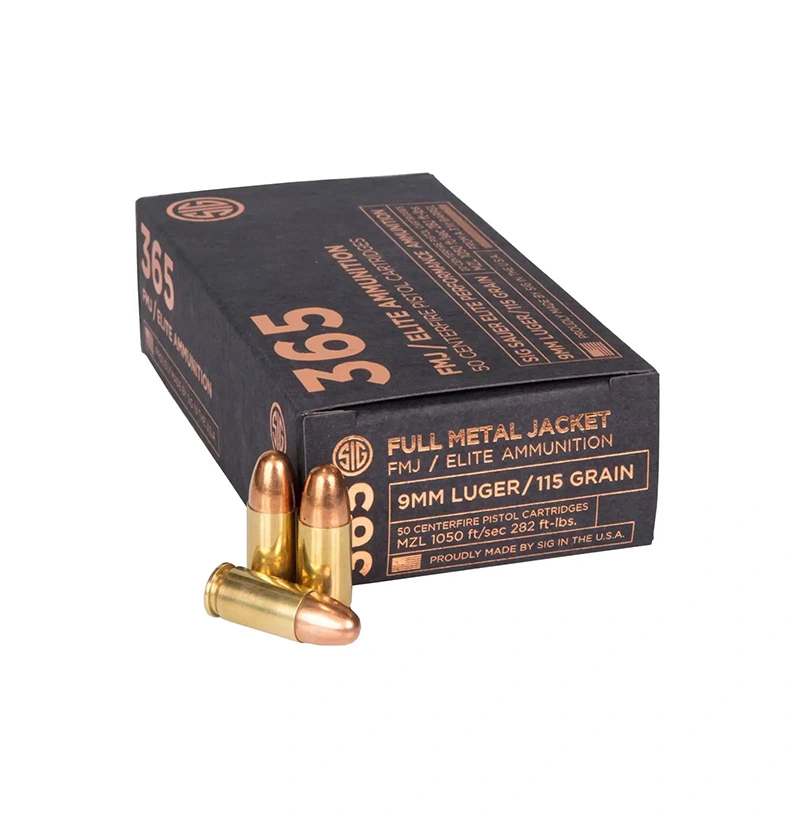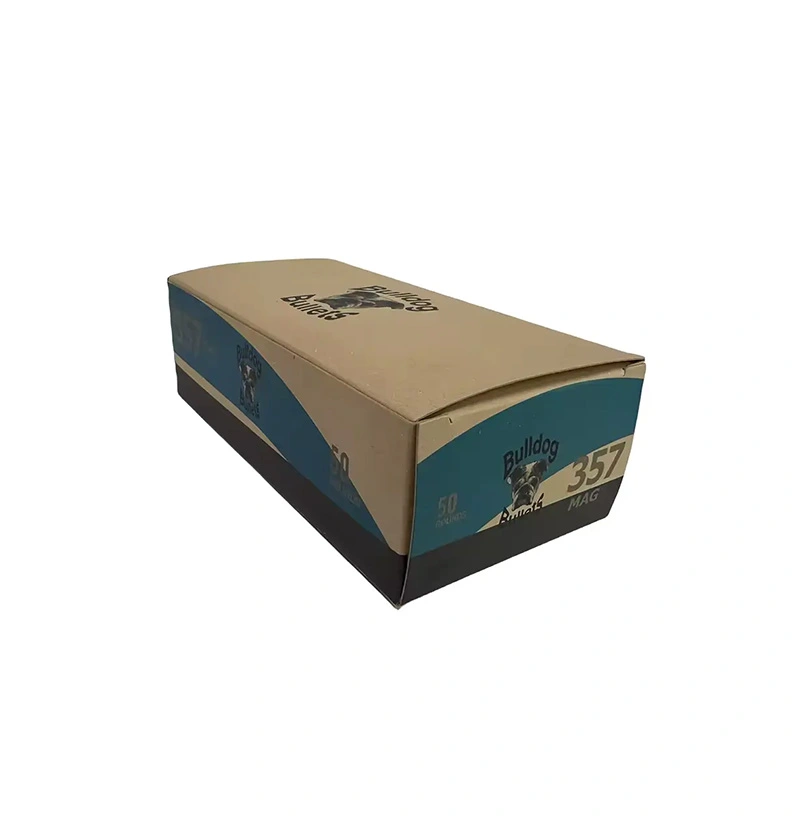Description
Cardboard ammo boxes
In the realm of firearm storage, cardboard ammo boxes have emerged as a popular choice due to their eco-friendly nature, durability, and versatility. Understanding how these boxes are made, including the printing process, sheds light on their impact on the domestic industry and their relevance to the most selling domestic ammo types like 9mm, 10mm, .45 caliber, and others.
- Raw Material Sourcing and Preparation
The manufacturing process of cardboard ammo boxes begins with the sourcing of raw materials. Cardboard is typically made from recycled paper or pulp derived from sustainable forestry practices. These materials are collected, sorted, and processed to remove impurities and create a uniform pulp mixture. The pulp is then formed into sheets using specialized machinery, which are dried and cut to size.
- Box Formation and Assembly
Once the cardboard sheets are prepared, they are fed into box-forming machines, which cut and fold the sheets into the desired box shape. These machines use precision engineering to ensure accurate dimensions and structural integrity. Depending on the design specifications, the boxes may feature compartments, dividers, or other features to accommodate specific types of ammunition.
- Printing and Customization
Printing is a crucial step in the manufacturing process of cardboard ammo boxes, allowing for customization and branding. The boxes are typically printed using offset or digital printing techniques, which offer high-quality results and precise color reproduction. Custom graphics, logos, text, and other designs can be applied to the boxes to meet the unique preferences of shooters, collectors, or military units.
- Finishing and Quality Control
After printing, the cardboard ammo boxes undergo finishing processes to enhance their durability and appearance. This may include applying protective coatings, such as varnish or laminate, to improve moisture resistance and prevent fading or damage to the printed designs. Quality control measures are implemented throughout the manufacturing process to ensure that the finished boxes meet stringent standards for strength, durability, and aesthetic appeal.
The Impact on the Domestic Industry
The production of cardboard ammo boxes has a significant impact on the domestic industry, particularly in regions where firearms and ammunition manufacturing are prevalent. By sourcing raw materials locally and employing skilled workers in the manufacturing process, cardboard box manufacturers contribute to the growth and sustainability of the domestic economy. Additionally, the customization options offered by cardboard ammo boxes support local businesses, such as shooting ranges, gun shops, and firearm accessory retailers, by providing them with personalized branding opportunities.
Relevance to Most Selling Domestic Ammo Types
Cardboard ammo boxes are especially relevant to the most selling domestic ammo types, including 9mm, 10mm, 22 LR ·.380 ACP, .40 S&W ·.45 ACP ·.38 Special & .357 Magnum · 7.62x39mm ·.223 / 5.56x45mm and others. These boxes are designed to accommodate specific calibers and quantities of ammunition, offering shooters and collectors convenient storage solutions. The customization options available for cardboard ammo boxes allow manufacturers to tailor their designs to cater to the preferences of consumers who favor these popular ammo types. Whether for personal use, professional applications, or military operations, cardboard ammo boxes provide a versatile and reliable storage solution for a wide range of domestic ammunition types.
Conclusion
In conclusion, the manufacturing process of cardboard ammo boxes involves sourcing raw materials, box formation, printing, finishing, and quality control. These boxes have a significant impact on the domestic industry by supporting local economies and offering customization options for shooters, collectors, and military units. Their relevance to the most selling domestic ammo types highlights their versatility and practicality in the world of firearm storage. As the demand for eco-friendly and customizable storage solutions continues to grow, cardboard ammo boxes are poised to remain a staple accessory for firearm enthusiasts across the globe.

